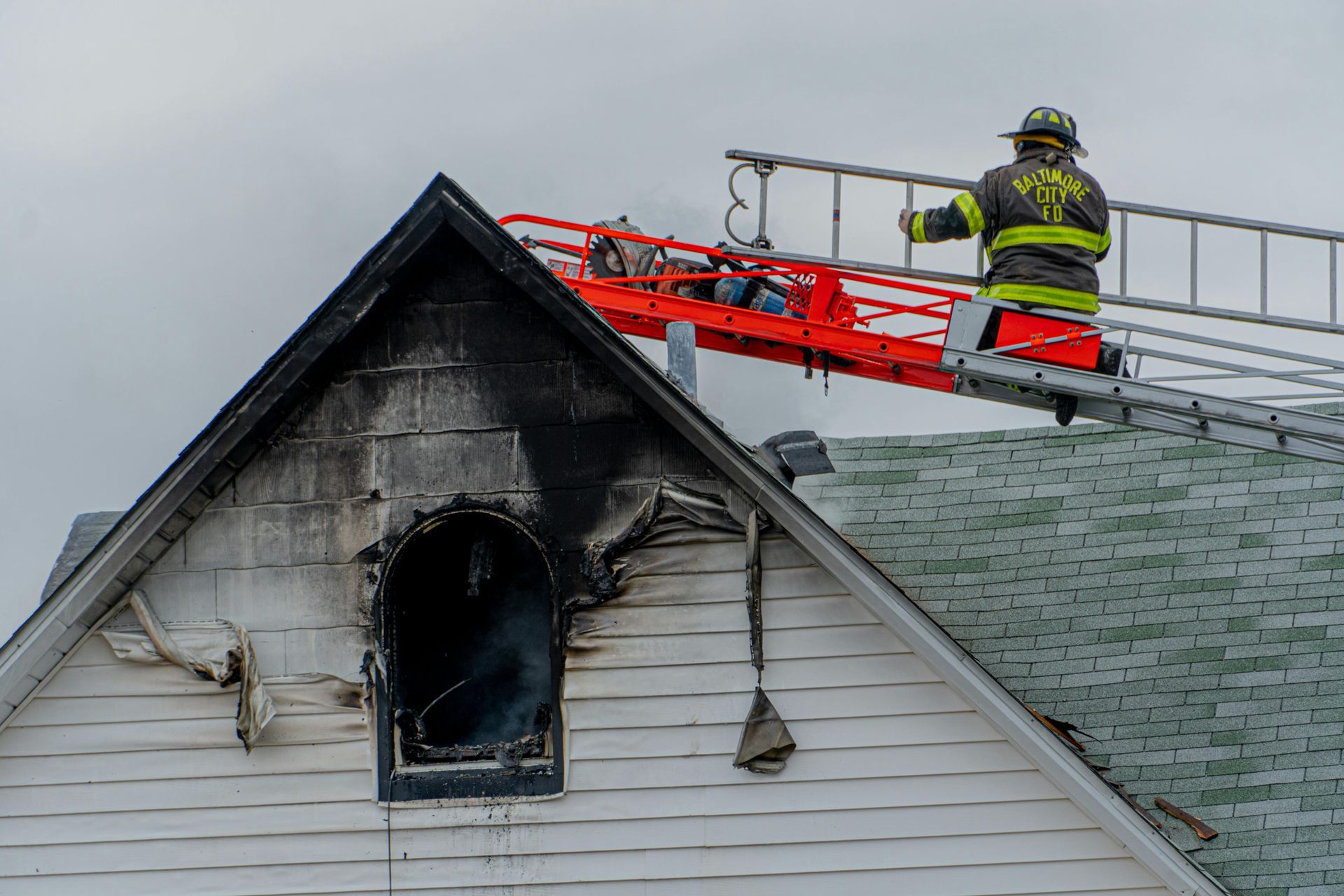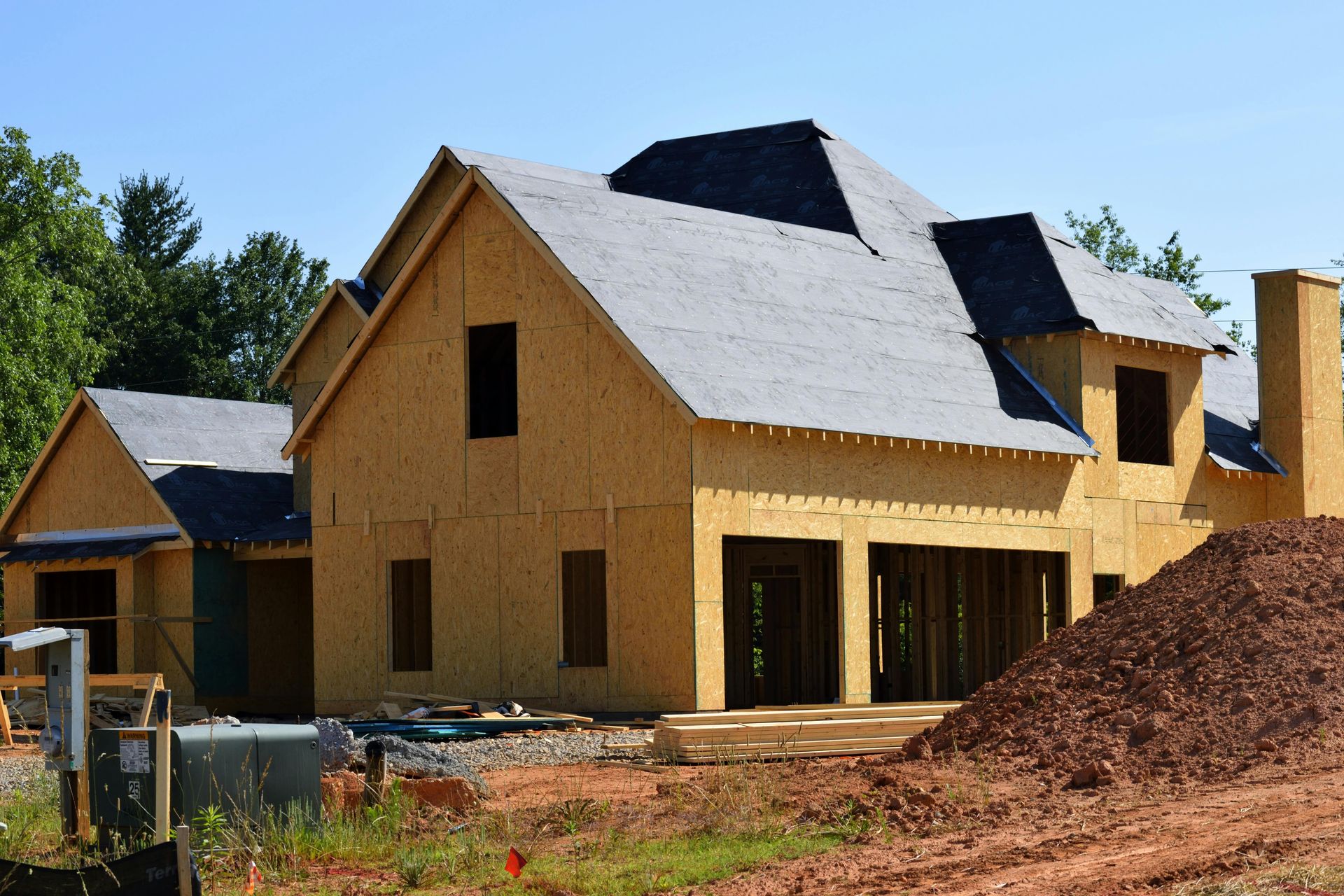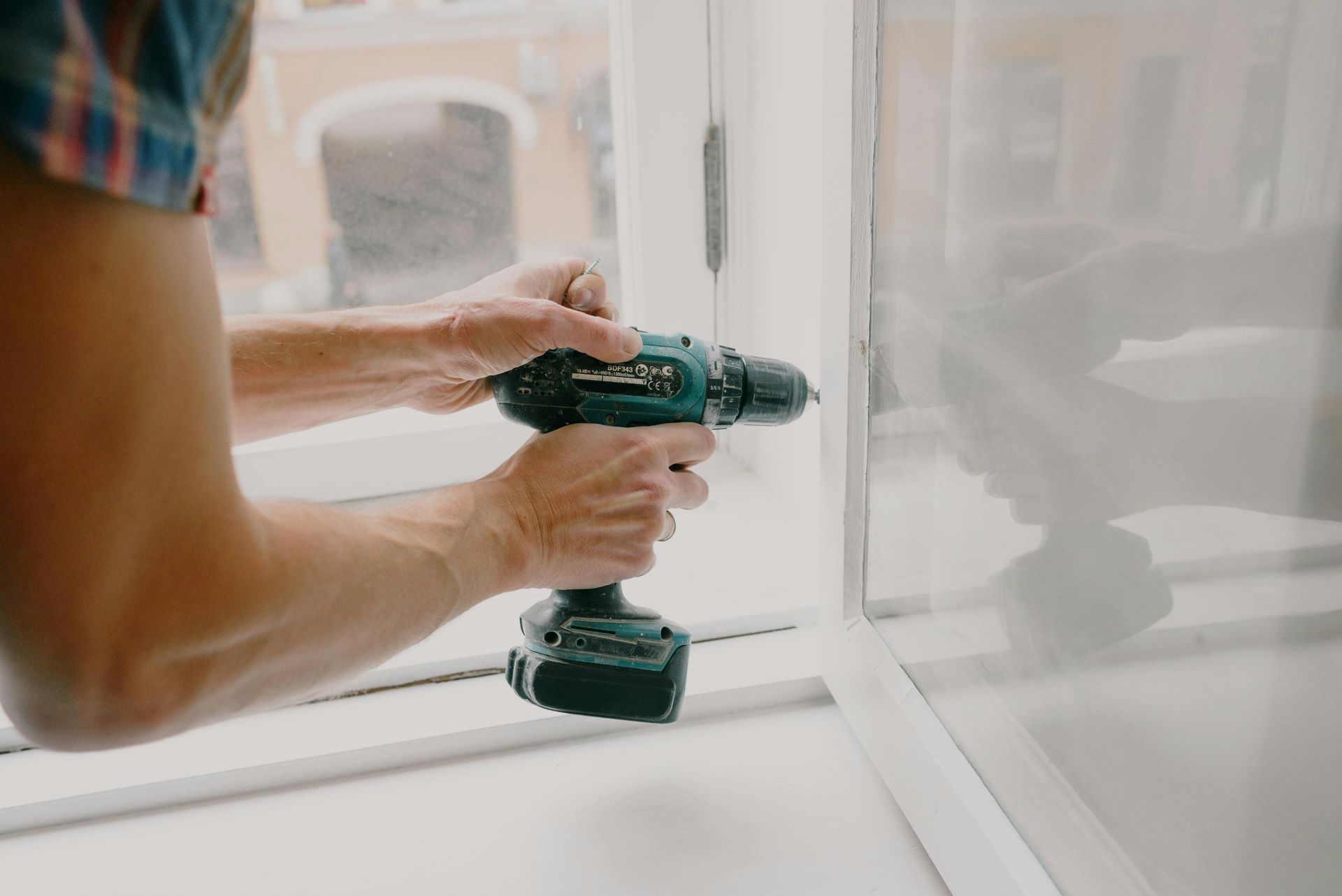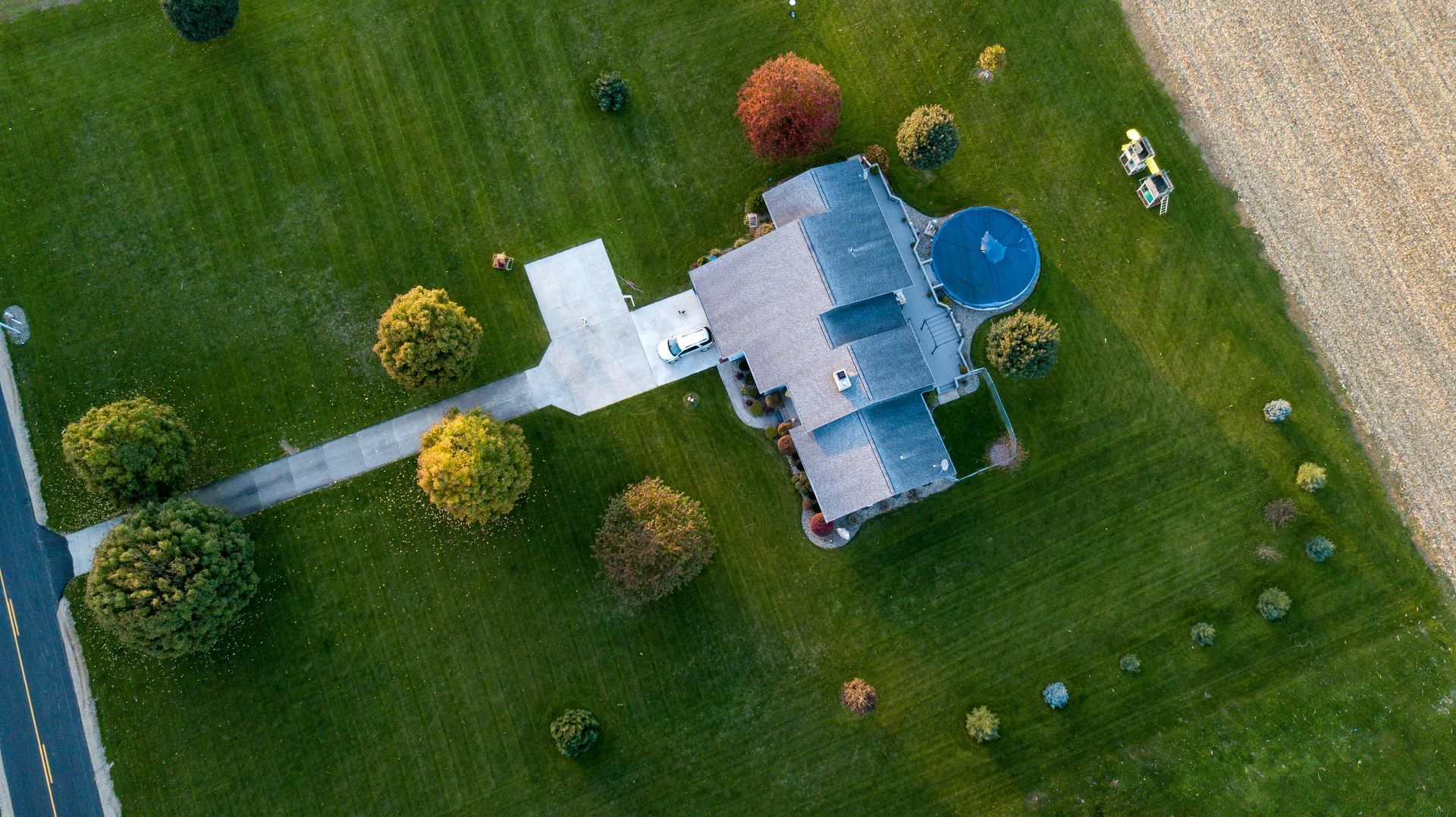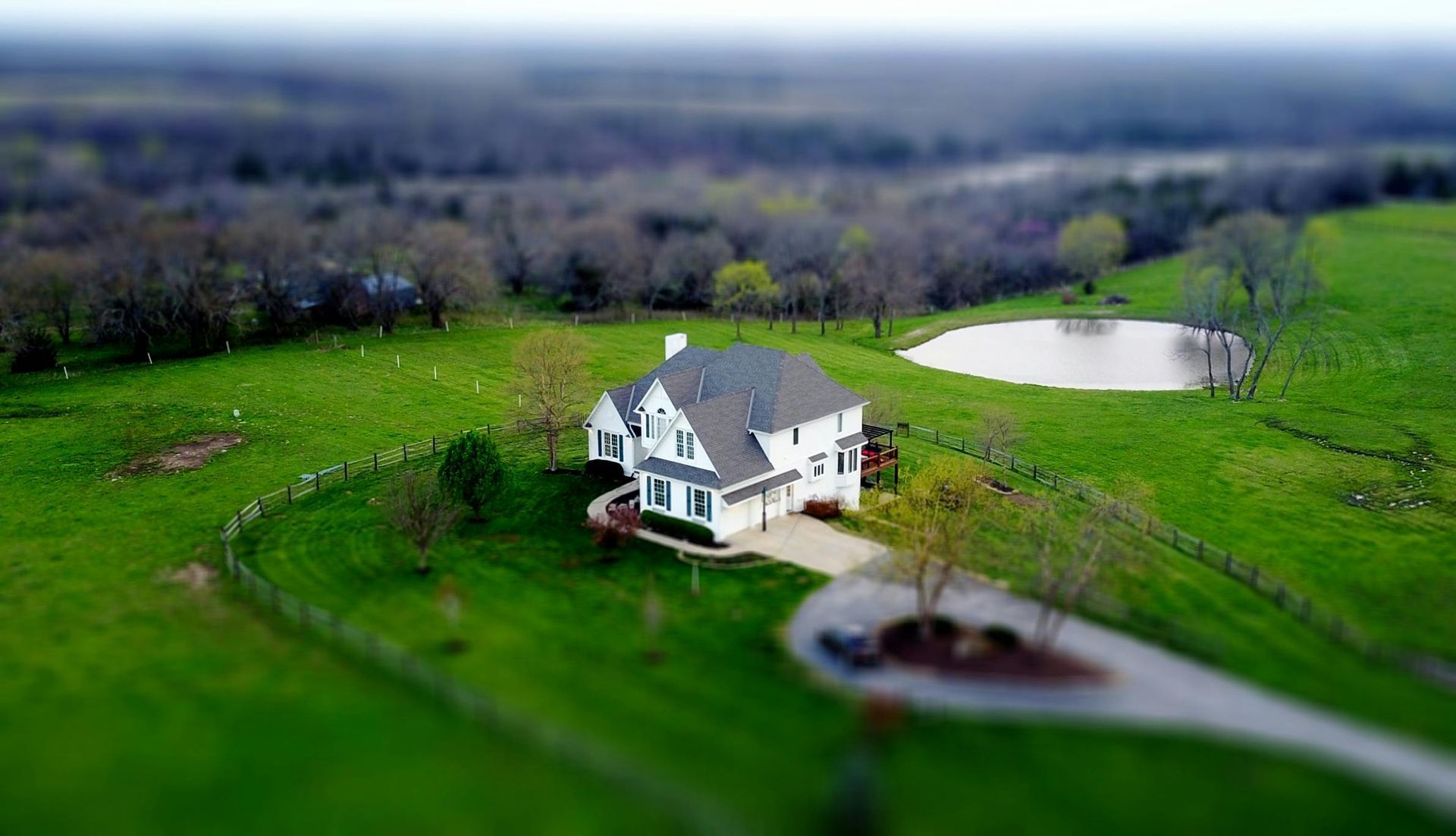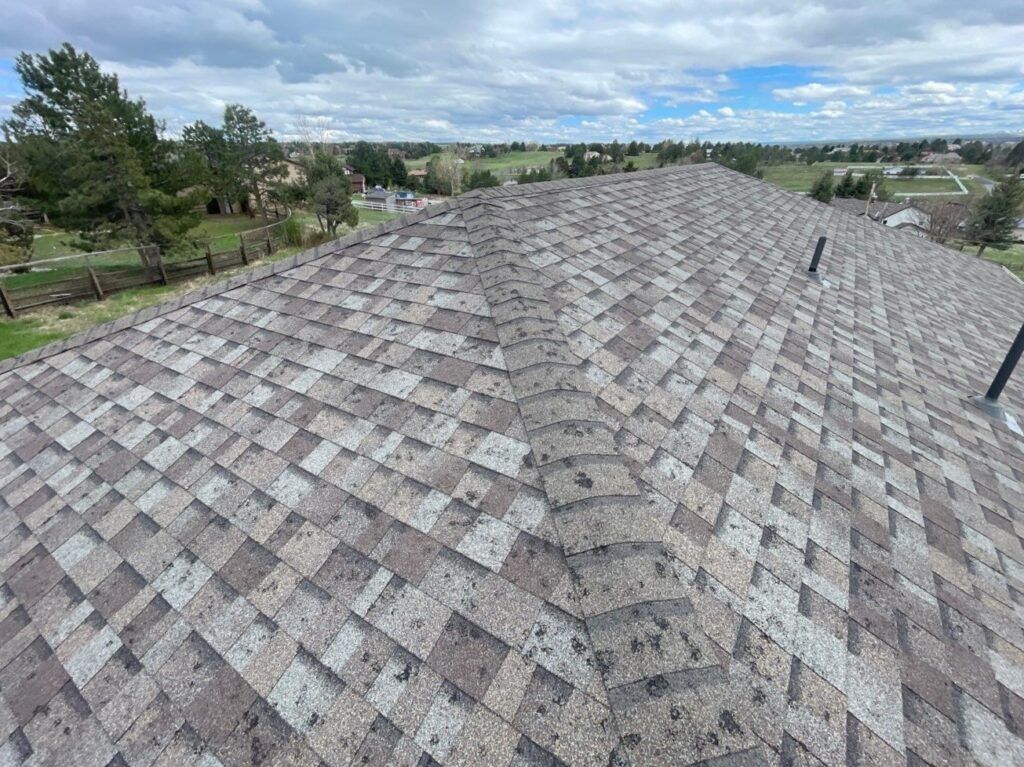Navigating Storm Damage Claims with USAA: What North Texas Homeowners Need to Know
Navigating USAA Storm Damage Claims: Key Info for North Texas Homeowners

North Texas weather has a reputation for being unpredictable, and when storms roll in, they often leave behind a trail of damage. From high winds that topple fences and trees to the notorious hail that can leave roofs looking like Swiss cheese, the impact can be overwhelming. Fortunately, if you’re a USAA policyholder, navigating storm damage claims doesn’t have to be as stressful as the storms themselves. This guide will walk you through the essential steps to filing a storm damage claim with USAA, ensuring you get the support you need to restore your property.
1. Assessing the Damage Safely
The first rule after any storm is to ensure that you and your family are safe. North Texas storms can leave downed power lines, flooding, and dangerous debris. Avoid areas that appear unstable or hazardous. Once you’re sure it’s safe, start assessing the damage. It’s best to take detailed notes and plenty of photos or videos—especially of areas impacted by hail or high winds, like roofs, windows, and exterior walls. These visuals are crucial for documenting the severity and extent of the damage for your USAA claim.
2. Understanding Your Coverage
USAA offers various home insurance policies with coverage that can differ depending on your specific policy. It’s worth taking a look at your homeowners’ policy documents or logging into your USAA account to review what’s covered under “storm damage.” Most policies typically cover:
- Roof Damage from hail, wind, and falling debris.
- Structural Damage to walls, windows, doors, and foundations.
- Water Damage caused by rain or wind-driven water entering the home.
- Personal Property losses inside your home from the storm event.
However, flood damage due to rising water (common with flash floods) usually requires a separate flood insurance policy. North Texas homeowners may want to double-check for this coverage, especially during storm season.
3. Contacting USAA to Start Your Claim
Once you have a clear understanding of your policy, it’s time to contact USAA to file your claim. There are several ways to initiate your claim:
- Online: Log in to your account on the USAA website or app, where you can file a claim in just a few steps.
- Phone: Call USAA’s claims line, where representatives can guide you through the process.
- Through Your USAA Mobile App: This option allows you to file your claim on the go and provides easy access to upload photos and communicate with your claims adjuster.
When filing, be ready to provide a description of the damage and the approximate date and time of the storm. USAA representatives will help you understand what’s covered and start processing your claim.
4. Temporary Repairs to Prevent Further Damage
Once you’ve documented everything, it’s time to make temporary repairs if needed to prevent further damage. For instance, covering a leaky roof with a tarp or boarding up broken windows can stop rain from entering your home. USAA typically covers costs for temporary repairs under your policy, so be sure to keep all receipts.
A Quick Tip: Don’t throw anything away until a USAA adjuster has inspected it, as it might be crucial for your claim. This includes damaged furniture, appliances, and any building materials.
5. Working with USAA Adjusters
Once your claim is in, USAA will assign an adjuster to assess the damage to your property. Due to the volume of claims following severe storms, especially in North Texas, it might take a bit of time before they can make it to your property. Rest assured, once they’re on-site, they’ll conduct a thorough inspection and discuss the scope of repairs covered by your policy.
The adjuster will also review any evidence you’ve collected, such as photos, receipts for temporary repairs, and any contractor estimates you may have obtained.
6. Choosing the Right Contractor for Repairs
After receiving an estimate from USAA, you’ll need to find a reputable contractor to handle the repairs. Be wary of “storm chasers” who often flood the North Texas area after a storm, promising quick fixes at too-good-to-be-true prices. Always check credentials, verify licenses, and read online reviews. If possible, choose contractors recommended by USAA or local companies with a strong reputation.
Pro Tip: If a contractor suggests repairs beyond what USAA’s estimate covers, discuss it with your adjuster first to avoid any out-of-pocket surprises.
7. Understanding Your Deductible
Before receiving payment, it’s essential to understand that your insurance deductible will apply to your storm damage claim. Your deductible is the amount you’ll pay out of pocket before your USAA policy kicks in. Deductibles for storm damage can vary, so make sure you’re aware of what yours is, as it will affect the final amount you receive for repairs.
In North Texas, some policies have higher deductibles specifically for hail or wind damage, which may differ from your standard deductible. Reviewing your policy details or discussing them with your adjuster can help clarify this.
8. Receiving Your Claim Payment
Once your claim is approved, you’ll receive the payment to begin repairs. USAA may send payments directly to you, or in some cases, to your mortgage lender. For large claims, you may receive multiple payments based on the extent and progress of the repairs.
Here’s how USAA typically handles claim payments:
- Actual Cash Value (ACV): An initial payment to cover the current value of the damage.
- Replacement Cost Value (RCV): If you have replacement cost coverage, USAA will issue an additional payment to cover the difference once repairs are completed.
This two-step process helps ensure that you receive adequate funds for both immediate repairs and full restoration.
9. Common Challenges and How to Address Them
Storm damage claims can have unique challenges, especially if widespread storms have affected the North Texas area. Here are some common challenges and tips to navigate them:
- High Claim Volume: After major storms, expect longer wait times for inspections and claim processing. Filing your claim early and staying in regular contact with your adjuster can help expedite things.
- Disputes Over Coverage: If USAA’s assessment differs from contractor estimates, discuss it directly with your adjuster. In some cases, hiring a public adjuster may help ensure an accurate evaluation of the damage.
- Partial Coverage or Denials: If parts of your claim are denied, ask your adjuster for a detailed explanation. In some cases, additional documentation can help address these issues.
10. Preparing for Future Storms
After experiencing storm damage, it’s natural to want to protect your property more effectively. Consider some preventive measures, like reinforcing windows, upgrading roofing materials, and securing outdoor structures. Adding these upgrades may even qualify you for insurance discounts with USAA, as many insurers offer incentives for home fortifications.
Final Thoughts
Recovering from storm damage in North Texas can be a daunting process, but with the right steps, USAA policyholders can navigate their claims and restore their homes efficiently. From assessing the damage and filing a claim to working with reputable contractors, each step is critical to ensuring a smooth restoration journey.
Storms may be inevitable in North Texas, but with the proper preparations and a well-executed claim process, your home can be well on its way to looking better than ever before. Stay safe, stay informed, and let USAA’s support guide you through every step of the recovery process.

